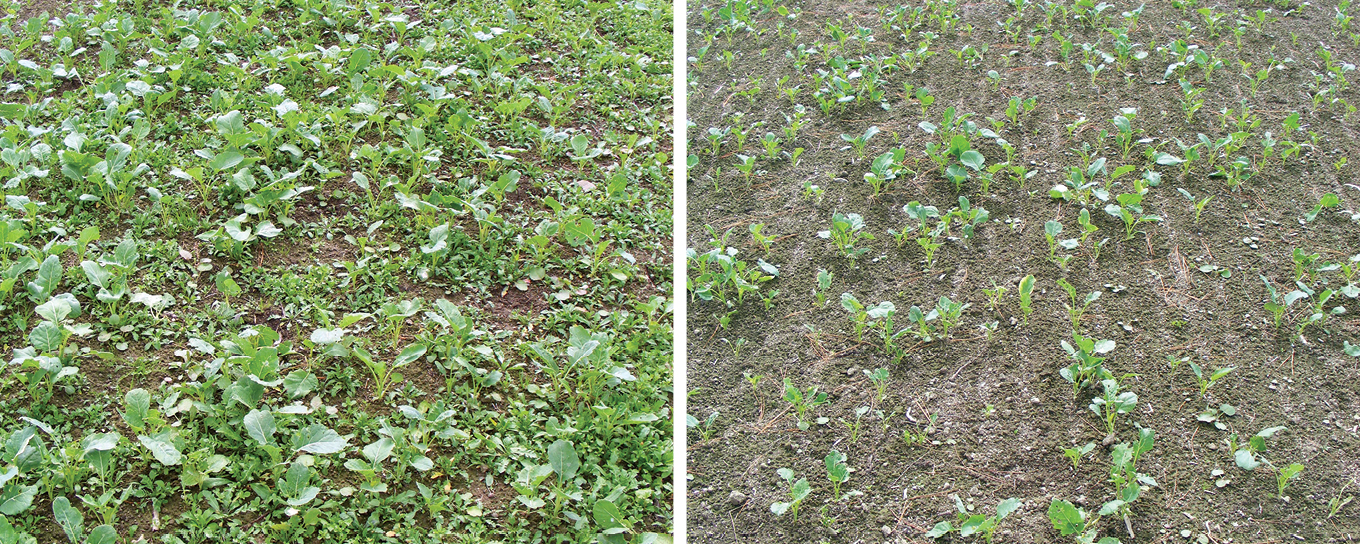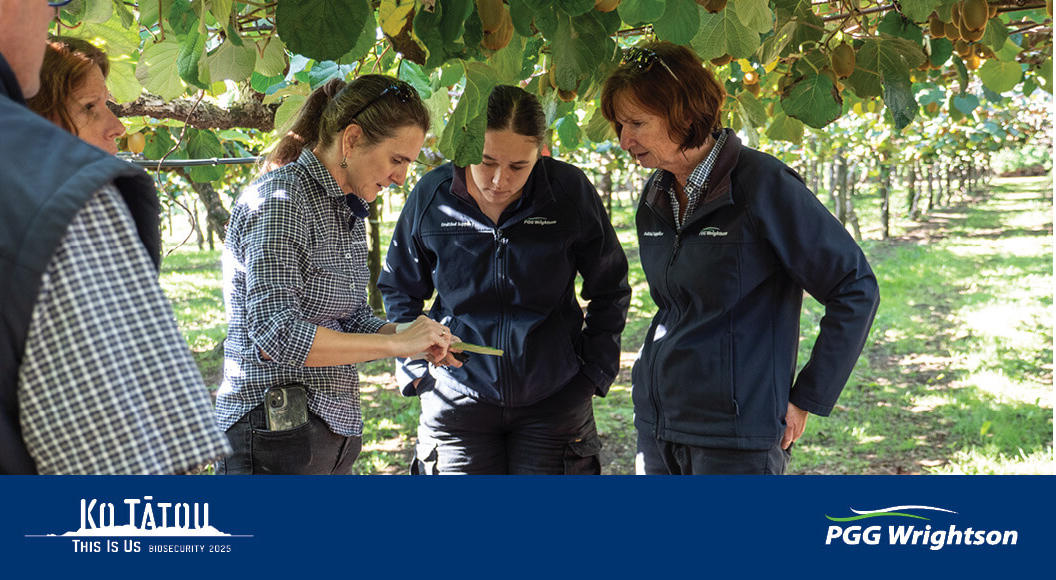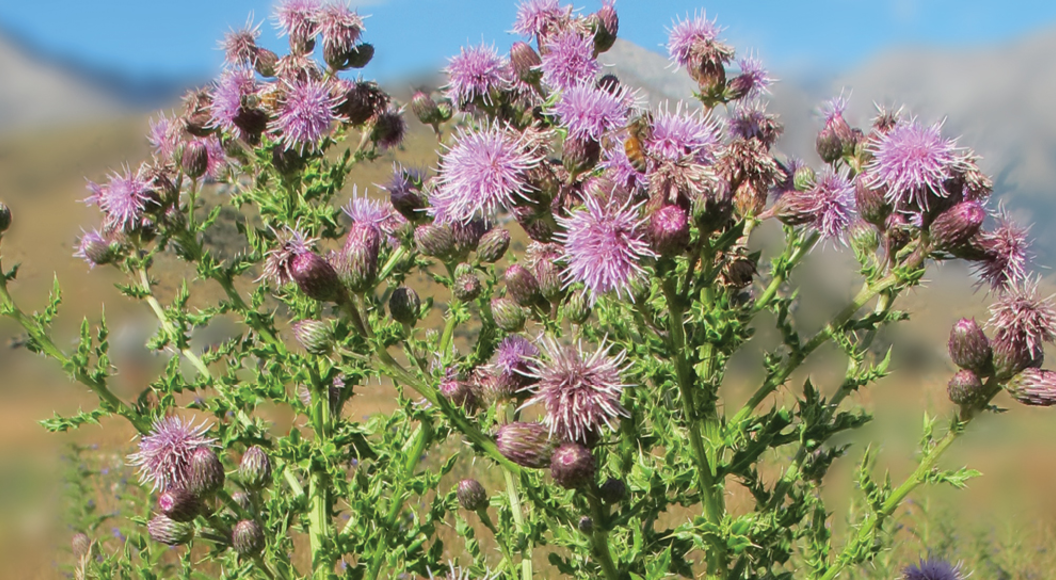
A new option for pre-emergent weed control in brassicas
Early weed control helps your brassica crop get off to a solid start and offers the best chance to increase yields.
Weeds can quickly over run a crop, competing for light, nutrients, moisture and space. Weeds are most competitive early in a crop’s life, when more gaps exist for weeds to fill. Even moderate weed populations can reduce yields significantly. Weed control in brassicas is important as it increases crop yields and removes problem weeds from a paddock to benefit subsequent crops and new pastures establishment.
Prevention is often better than cure when it comes to control of grass and broadleaf weeds. Choosing an appropriate herbicide, ensuring that correct application techniques are used and that potential soil residues are considered as part of the planned crop rotation are all part of this process.
Ombré®, from Zelam, is a new post-plant, pre-emergent herbicide specifically developed for forage brassicas including rape, kale, swedes and turnips. It has an extensive list of weeds that it controls including fathen, black nightshade, shepherd’s purse, spurrey, chickweed, redroot, and grounsel (see label for full list of susceptible and suppressed weeds). Several trials have shown improved crop yields when Ombré is used as demonstrated in the graph below.
Its two active ingredients have complimentary modes of action. Alachlor is mainly absorbed by emerging shoots and translocated throughout the weed, while Clomazone is absorbed by the roots and shoots and translocates upwards in the plant. These active ingredients have been micro-encapsulated using Zelams encaps® formulation technology. Microencapsulation allows for greater control over the release of the active ingredient through the precise size, wall thickness, and porosity of the microcapsule that is produced.
Ombré provides short term residual weed control. As the two active ingredients do not persist in the soil for an undue length of time, there will generally be no residual issues when planting following crops such as fodder beet, peas, or clover. If there is a crop failure within two months however, only re-sow another brassica.
Application recommendations:
- For best results, application should be made as soon as possible after planting and before the crop comes through the ground. Ombré can also be lightly soil incorporated prior to planting.
- Soil conditions are a critical factor. The seed bed should be fine and firm, avoiding clods and trash. Reasonable soil moisture is required and rain fall or irrigation after application is ideal. Consider soil incorporation before planting if conditions are expected to be dry. If soil incorporating, use a high rate of herbicide. Avoid using Ombré in light soils (CEC < 10) and on heavy or high organic matter soils (CEC > 30) and use the post-emergence herbicide Pycus® in these situations. If used on light soils with minimal rainfall, ploughing prior to the next crop should be considered.
- In certain conditions, some transient whitening of the crop may occur. This is temporary and has no effect on yield.
- Ombré should not be mixed with glyphosate based herbicides.
For more information on how Ombré can get your crop off to a solid start and reach maximum yield potential, contact your local PGG Wrightson Technical Field Representative.
Article supplied by Zelam


